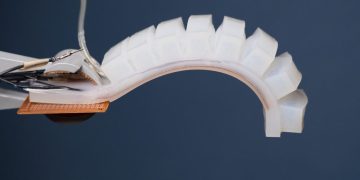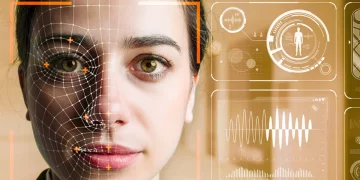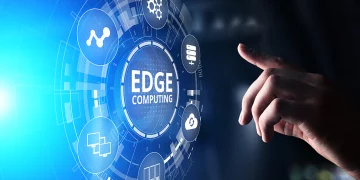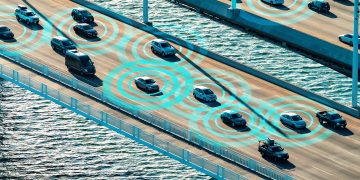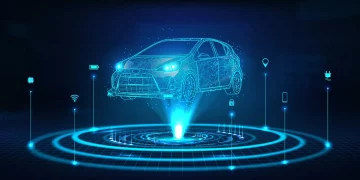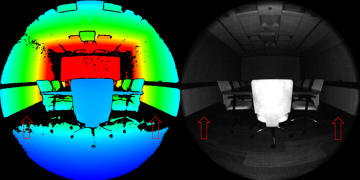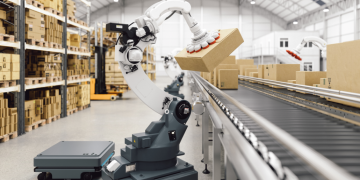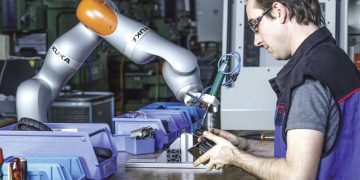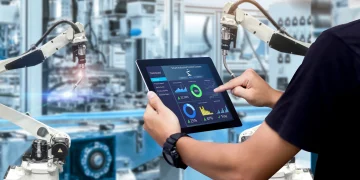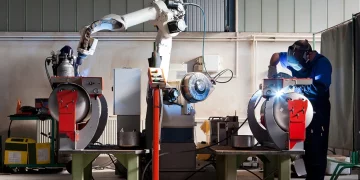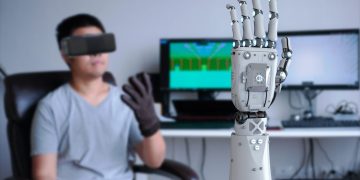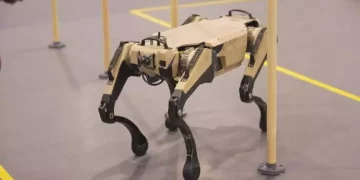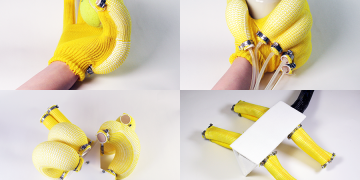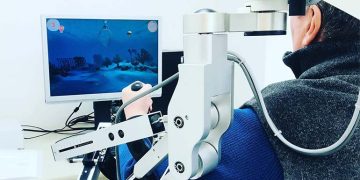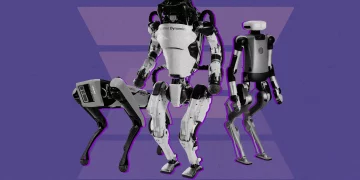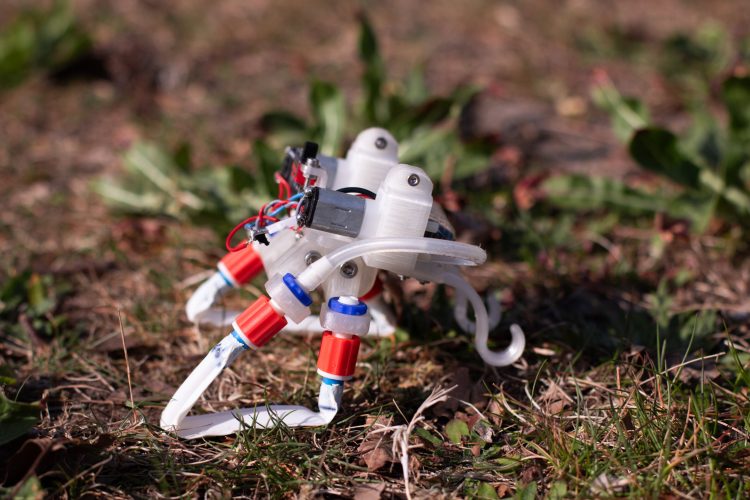Introduction: The Rise of Bionic Robotics
In recent years, the field of robotics has seen tremendous advancements, particularly in the integration of biomimicry—the practice of designing robots based on biological systems and organisms. These robots, known as bionic robots, replicate or mimic the structures, behaviors, and functions of living organisms, whether it’s the movement of animals, the sensory abilities of insects, or the adaptability of plants.
At the heart of this revolution is the desire to design robots that not only function more efficiently but also adapt to complex environments, just like their biological counterparts. The continuous development of biomimetic engineering has enabled the creation of robots capable of performing tasks in environments that were once considered too complex for machines, such as disaster zones, deep-sea exploration, or medical surgeries. As technology advances, robots are becoming increasingly sophisticated and capable of emulating natural systems—paving the way for an era where robots can seamlessly integrate into both the natural and human-made worlds.
1. Biomimicry: The Science of Imitating Nature
Biomimicry refers to the practice of drawing inspiration from nature’s designs to solve human challenges. It involves understanding the principles behind natural systems and translating them into artificial systems. The potential for robotics, when enhanced by biomimicry, is vast, as nature has refined solutions to complex challenges over billions of years of evolution.
Biological Inspiration in Robot Design
From the design of robot limbs to sensory systems and even robot mobility, biomimicry has transformed the way engineers approach robot design. Rather than creating mechanical systems from scratch, biomimicry leverages nature’s elegant solutions to solve problems like stability, energy efficiency, and adaptability. Some examples include:
- Animal-Like Mobility: Many robots are designed to replicate the movement of animals. For instance, the Boston Dynamics’ Cheetah robot mimics the speed and agility of a cheetah, while Soft Robotics mimics the adaptability of octopus arms to manipulate objects in unstructured environments.
- Sensory Abilities: Biomimetic sensors mimic human and animal sensory systems, allowing robots to perceive the world similarly to how living creatures do. For example, robots that replicate the echolocation abilities of bats can navigate dark environments, while robots inspired by the human sense of touch allow machines to perform delicate tasks such as surgery.
- Energy Efficiency: Nature’s optimization of energy use, such as the way birds flap their wings or how fish move through water, has inspired robots to improve energy efficiency during movement. Engineers are learning to design robots that conserve energy while still performing their tasks efficiently.
2. Robotics Mimicking the Animal Kingdom: Mobility and Functionality
One of the most exciting applications of biomimetic robots is in mobility. The natural world offers a diverse range of creatures whose ability to move, adapt, and navigate challenging environments can inspire innovations in robot locomotion.
Robotic Legs Inspired by Animals
Quadruped robots, such as the Spot robot from Boston Dynamics, are designed to replicate the walking patterns of four-legged animals like dogs or horses. These robots use advanced algorithms to control movement, balance, and direction, allowing them to traverse complex terrain like stairs, slopes, or rocky surfaces.
- Cheetah Robots: Speed and agility are hallmarks of animals like cheetahs. The development of cheetah-inspired robots aims to bring these characteristics into the robotic world. Engineers have designed robots that can run at high speeds, adjust their stride, and even leap over obstacles, emulating the unparalleled agility of their biological counterparts.
- Snake Robots: Inspired by the unique flexibility and movement of snakes, robots that mimic snake-like movements are being used in applications such as disaster relief and search-and-rescue missions. These robots can slither through tight spaces, crawl over obstacles, and fit into environments that are inaccessible to traditional robots.
- Flying Robots: Inspired by birds and insects, flying robots (or drones) are designed to navigate through air. These robots replicate the flight patterns of birds like hawks or hummingbirds, with the added advantage of more efficient flight capabilities. Researchers are also designing robots that can hover or move with incredible maneuverability, similar to the way insects such as dragonflies fly.
Soft Robotics: Inspired by Octopuses and Worms
Perhaps the most profound shift in robotics in recent years is the development of soft robots—robots that can deform and adapt to their surroundings, just as living creatures like octopuses, worms, and jellyfish do. These robots are particularly useful in delicate environments, such as handling fragile objects or performing surgery.
- Octopus-Inspired Arms: Soft robotic arms that mimic the flexible, high dexterity of an octopus can perform delicate tasks that would be impossible for rigid robots. These robots can reach into tight, irregular spaces, manipulate objects with subtlety, and perform tasks requiring both strength and precision.
- Jellyfish Robots: Researchers have developed jellyfish-inspired robots for underwater exploration. These robots use soft, flexible materials to create a propulsion system that mimics the way jellyfish move through the water. Their applications in marine biology and underwater exploration could revolutionize how we study the ocean depths.
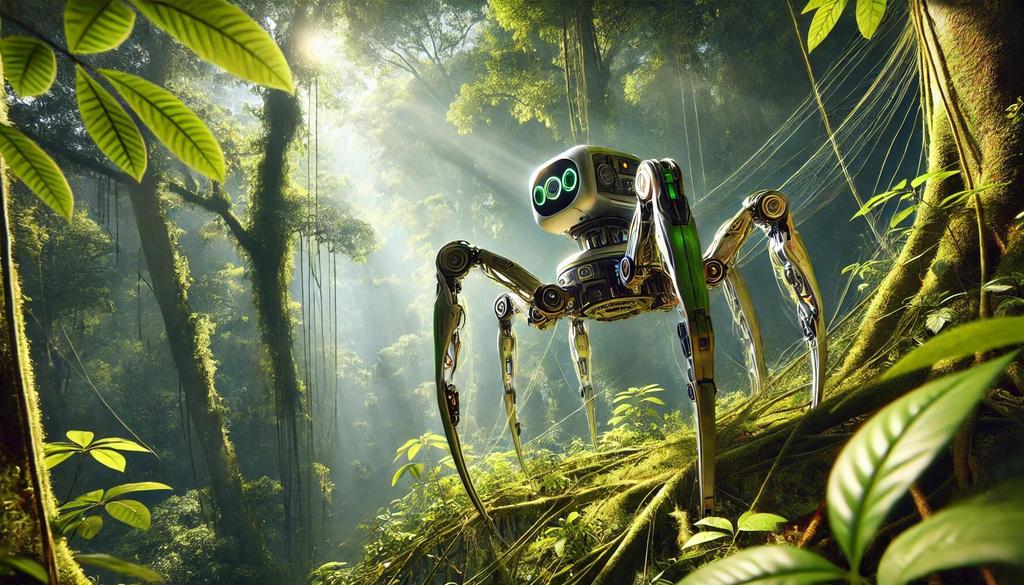
3. Sensory Systems: Giving Robots a Sense of the World
One of the most fascinating aspects of biomimetic robots is their sensory capabilities. By mimicking the sensory organs of animals, robots can gain a much deeper understanding of the world around them. These sensory systems not only allow robots to interact with their environment more effectively but also enable them to perform tasks with a high degree of precision and adaptability.
Vision and Echolocation
Just like bats use echolocation to navigate in the dark, some robots are equipped with sonar sensors that allow them to “see” their environment through sound waves. This capability is particularly useful in search-and-rescue missions, where visibility is limited.
- Echolocation in Robotics: Using ultrasonic sound waves, robots can create a detailed map of their surroundings, identifying obstacles, objects, and even people. This makes them highly efficient in environments where visual or infrared systems might fail.
- Biomimetic Vision: The way animals like hawks or mantis shrimp use their eyes to perceive the world has inspired robots with advanced visual systems. These robots can detect a wider range of light, color, and contrast, giving them superior image recognition capabilities in low-light conditions or complex environments.
Touch and Proprioception
Inspired by the sense of touch in humans and animals, robots are increasingly equipped with tactile sensors that allow them to feel and manipulate objects with incredible precision. These sensors can detect pressure, texture, temperature, and shape, providing robots with the ability to interact physically with their environment.
- Proprioception: This is the sense of the relative position of one’s body parts. Mimicking this sensory capability in robots enables them to have better control over their movements and balance, enhancing their effectiveness in performing tasks like surgical operations or handling fragile objects.
4. Applications of Bionic Robots: From Disaster Relief to Medicine
The development of bionic robots has opened up a host of new possibilities across various sectors. These robots are not just marvels of engineering; they represent a tangible solution to some of humanity’s most pressing challenges, including disaster relief, healthcare, and environmental conservation.
Disaster Relief and Search-and-Rescue
Biomimetic robots are especially suited to the challenges of disaster zones. When natural disasters strike, robots that can navigate debris, climb through rubble, and detect survivors are invaluable. Using bionic designs inspired by animals, these robots can access places that humans cannot, providing real-time data and even performing search-and-rescue operations.
- Snake Robots in Rescue Missions: These robots, inspired by snakes, can slither through collapsed buildings, identifying survivors and delivering critical supplies in places that would be otherwise inaccessible.
- Cheetah and Spider Robots: Inspired by fast-moving predators and resilient arachnids, these robots can quickly traverse difficult terrain, assisting in rescue efforts by reaching places where traditional vehicles or human rescuers cannot go.
Medical Applications: Bionic Prosthetics and Surgery
One of the most profound impacts of biomimetic robotics is in the field of medicine. Robots that mimic biological systems have led to the development of bionic prosthetics, surgical robots, and even rehabilitation devices.
- Bionic Prosthetics: Advances in bionic limbs have given amputees the ability to move, feel, and interact with the environment in ways that were previously unimaginable. These prosthetics mimic the functionality of human limbs with a high degree of dexterity and responsiveness.
- Surgical Robotics: Robots inspired by human anatomy and physiology can perform complex surgeries with extreme precision, reducing recovery times and improving patient outcomes.
5. The Future of Bionic Robotics: Challenges and Opportunities
While the advancements in bionic robotics are undeniable, there are still significant challenges to overcome. These challenges range from technical hurdles like battery life and material durability to ethical considerations regarding the role of robots in society.
- Energy Efficiency: As robots become more complex, their energy requirements increase. New energy storage and regeneration techniques inspired by biological processes, such as photosynthesis or muscle contraction, are under research to improve efficiency.
- Ethical Considerations: The rise of bionic robots raises questions about the implications for employment, privacy, and the role of machines in society. How do we ensure that these robots serve humanity’s best interests?
Despite these challenges, the future of biomimetic robots looks promising. As technology advances and more biological principles are understood, we can expect robots to become an even more integral part of our lives—working alongside us, improving our efficiency, and tackling some of the world’s most pressing problems.
Conclusion
The field of biomimetic robotics has reached an exciting juncture. As technology continues to evolve, robots will increasingly replicate the efficiency, flexibility, and intelligence found in nature. These advancements promise to improve everything from healthcare to disaster relief to manufacturing.
In the future, robots will not only be our tools but our collaborators—working alongside humans to solve the most complex challenges and enhance our quality of life. Through continued research and innovation, the boundary between biological and mechanical systems will blur, paving the way for a world where robots are not only machines but intelligent, adaptable partners in our daily lives.

